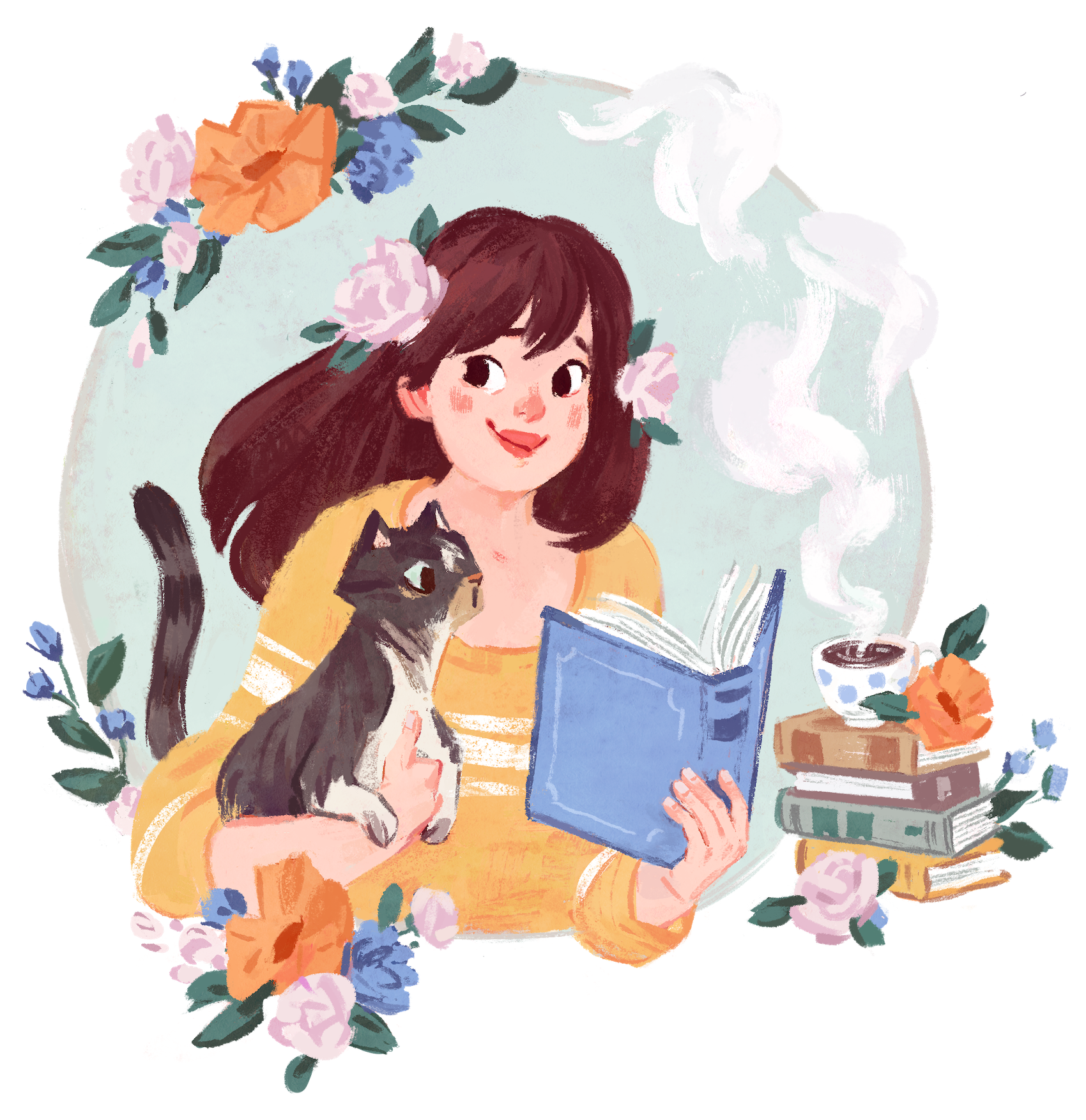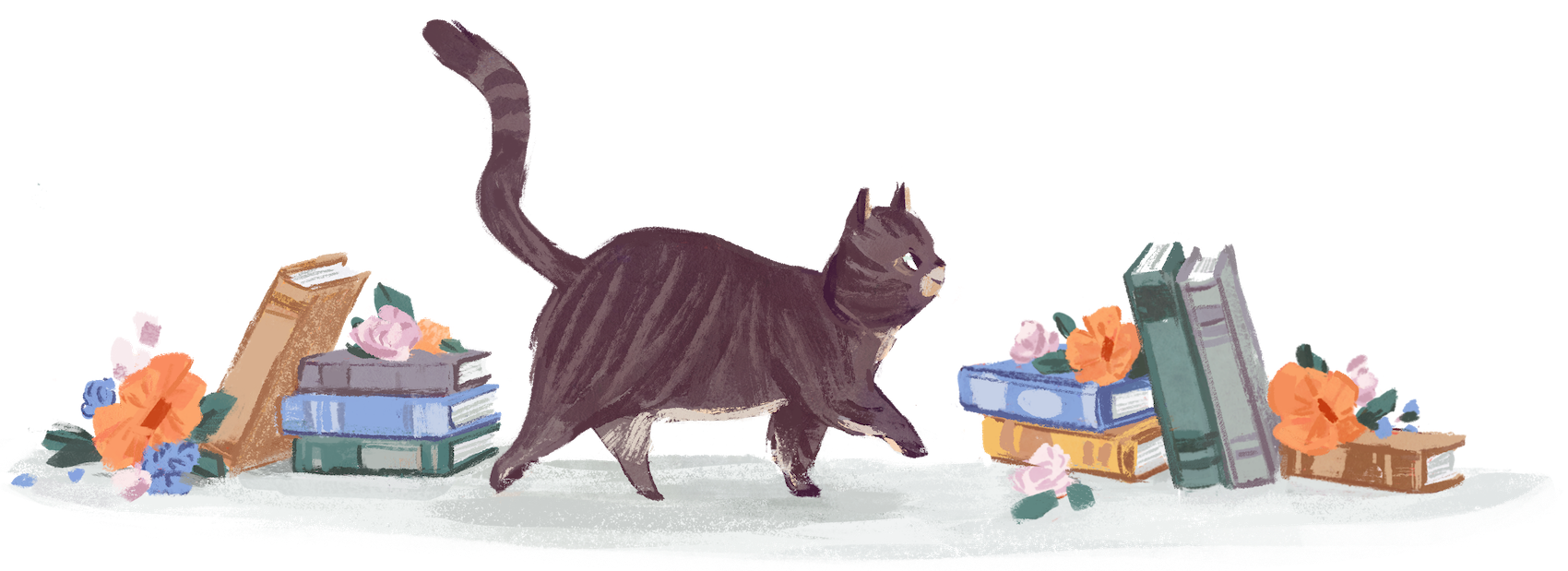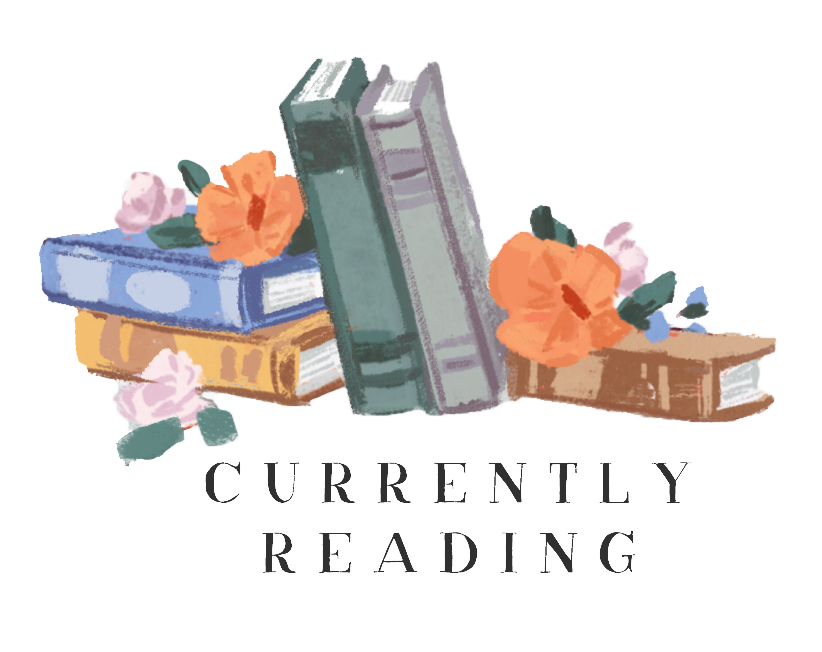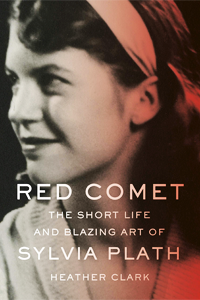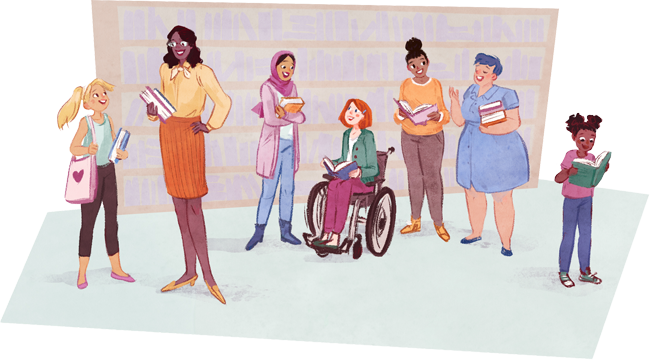
Her Story: Ladies In Literature is a special, month-long series on Pop! Goes The Reader in which we celebrate the literary female role models whose stories have inspired and empowered us since time immemorial. From Harriet M. Welsch to Anne Shirley, Becky Bloomwood to Hermione Granger, Her Story: Ladies In Literature is a series created for women, by women as twenty authors answer the question: “Who’s your heroine?” You can find a complete list of the participants and their scheduled guest post dates Here!

About Kathryn Ormsbee
Kathryn (K.E.) Ormsbee writes books for children and Young Adults, including Tash Hearts Tolstoy and The House in Poplar Wood. Her novels have been critically acclaimed, translated into six languages, selected for the Indie Next List and Junior Library Guild, and made “best of” lists at Amazon, Buzzfeed, and the Chicago and New York Public Libraries. She lives in Oregon with her fiancée and their dog, where she writes, podcasts, and composes music.
When I first read Little Women by Louisa May Alcott, I was nine years old. Let me rephrase that: When I first read the Great Illustrated Classics abridged version of Little Women, I was nine. My older sister and I still joke that, for a period of time, we really thought those condensed books we read — from David Copperfield to Jane Eyre to Moby Dick — were the actual classics. We fancied ourselves little literary geniuses until, say, seventh grade, when we picked up the actual tome that was War and Peace. So many childhood illusions shattered.
I still remember with startling clarity the illustrations from that copy of Little Women, along with all the emotions tied to them: ecstatic triumph when Jo learned her book would be published, empathetic shock when Meg lost hair to a still-relevant curling iron incident, and infinite sadness when (SPOILER ALERT) Beth died.
Since that time, I’ve read Little Women (the real one) twice and watched the 1994 Gillian Armstrong film adaptation at least a dozen times. I’ve fangirled over Katharine Hepburn and Elizabeth Taylor in the roles of March sisters and sung along with Jo to Broadway’s “Astonishing.” No matter the version of the story I encounter, I ugly sob at Beth’s death scene.
But no emotion can compare to the red-hot, vindictive rage I feel when Amy March burns Jo’s manuscript. Even before I began writing books of my own, I knew: This was the UNFORGIVABLE SIN. How could any sister be so thoroughly evil? The enemy of all things good and right. A BURNER OF BOOKS. And she got off so easily. Jo only really forgave her because she almost drowned in a freak ice skating accident. The injustice of it all! Even through my late teens, I was unwavering in my opinion: Amy March was a spoiled, selfish hellion and an affront to book-lovers everywhere.
So imagine my consternation when, many years later, while watching Greta Gerwig’s new adaptation of Little Women, I realized with dawning horror, Oh my god. I finally get Amy March. And not only did I understand Amy, I liked her. I was rooting for her. I related to her. “HERESY!” my nine-year-old self would bellow. But the thing is, I’m not nine; I’m thirty, and recently, I’ve realized that as I have grown and changed, my take on Little Women has also evolved.
I used to believe — thanks to many a nerdy slumber party and online quiz — that a gal could neatly define herself as one of the March sisters: “I’m an independent tomboy. Definitely a Jo.” Or, “I’m a piano-playing homebody, which makes me a Beth.” Throughout childhood, this was the classical lit, G-rated version of the ol’ Sex and the City quiz.
Don’t get me wrong. Those quizzes can be a blast. But lately, I’ve come to realize that, for me at least, they aren’t helpful. I’ve found that, at the heart of my enjoyment of those questionnaires, there’s so often a need to categorize. To place ourselves in neat boxes. To distinguish ourselves from “other girls.” But we can’t all be the Jos and Carries of the world. In fact, none of us can. Only Jo is distinctly Josephine March, and only Carrie Bradshaw can be Carrie. And in the end…they’re fictional characters. We’re flesh and blood, and don’t we women — same as any dead male poet — contain multitudes?
In the same way my perspective changed regarding Buzzfeed’s Which March Sister Are You?, it has changed regarding Amy March. For many readers — my younger self included — Amy is the least favorite little woman. She’s preoccupied with how her nose looks and how she’s perceived by her peers; she’s vocal about her desire to marry rich and live a good life; and she gets that European trip Jo always wanted.
This is what SparkNotes, patron saint of the harried student, has to say in its character summary for Amy: “Amy is an artistic beauty who is good at manipulating other people…The more genuine of the two and the more generous, Jo compares favorably to Amy.”
Uh. Burn, SparkNotes. And setting aside discussion of the foil as a literary device, why are we comparing Amy to Jo? What makes Jo more genuine than her younger sister when, throughout the novel, Amy is nothing but honest about what she wants out of life? God forbid, she’s an ambitious woman and has the insight to realize that, given her family’s circumstances and the nineteenth century world into which she’s been born, she has little choice but to marry well.
Perhaps Amy is obsessively concerned with her appearance and social standing because she has known, from the time she was a child, that both of those factors will play a monumental role in her marrying well. Perhaps she likes primping herself and dressing up because she just likes dressing up. Perhaps Amy’s only crime is cunningly adapting to the restrictive life she’s been handed. (Okay, that and burning Jo’s book. But once, I tried to “poison” my sister by pouring Barbie perfume in her mac and cheese, so who am I to cast the first stone?)
Why, historically, have readers and SparkNotes and even, to some degree, Louisa May Alcott herself, portrayed Amy as the “bad sister”? I think, in the end, it may be that she has the audacity to thrive in a misogynistic culture set up to diminish her worth — but not as the traditionally iconoclastic heroine. Could it be that she and Jo butt heads so often not because they are different, but because they’re so similar? Both Amy and Jo have clear dreams and go after what they want. Both face trials and setbacks. Both remain headstrong. Both are worth celebrating, same as Beth and Meg, as women who persist in staying true to who they are.
It’s taken me twenty-one years to reach this point, but I can finally say that I admire Amy March for her drive, ambition, and resilience. I can empathize now, in a way I didn’t allow myself to before, with Amy’s struggles as the baby of the family. Like her, I craved an older sister’s attention, and like her, I acted out in ways that weren’t particularly tidy or nice (hello, Barbie perfume). Like her, I have a strong bond with my sister in adulthood — one forged not in spite of differences and past conflict, but because of them.
Amy certainly can’t encapsulate my entire lived experience. Growing up, I never read about a heroine who fell in love with other girls or who daily dealt with obsessive-compulsive disorder. But then, that’s my experience. And I’m no more an “Amy” than anyone else could be a “Kathryn.” We women are all extraordinarily unique, and no one has the right to compare us to each other and find one of us wanting. No one. Including ourselves.
But PSA: Don’t burn books.

Find Little Women on Goodreads ● Amazon ● Chapters ● The Book Depository ● Barnes & Noble ● IndieBound

Title The Sullivan Sisters
Author Kathryn Ormsbee
Intended Target Audience Young Adult
Genre Contemporary, Mystery
Publication Date June 23rd 2020 by Simon & Schuster Books for Young Readers
Find It On Goodreads ● Amazon ● Chapters ● The Book Depository ● Barnes & Noble ● IndieBound
From the author of the “intense coming-of-age story” (School Library Connection) The Great Unknowable End and the “beyond refreshing…irreverent” (Booklist, starred review) Tash Hearts Tolstoy comes an introspective, atmospheric novel about sisterhood, coming-of-age, and learning that it’s never too late to reconnect with those you love.
Time changes things.
That painful fact of life couldn’t be truer for the Sullivan sisters. Once, they used to be close, sharing secrets inside homemade blanket castles. Now, life in the Sullivan house means closed doors and secrets left untold.
Fourteen-year-old Murphy, an aspiring magician, is shocked by the death of Siegfried, her pet turtle. Seventeen-year-old Claire is bound for better things than her Oregonian hometown — until she receives a crushing rejection from her dream college. And eighteen-year-old Eileen is nursing a growing addiction in the wake of life-altering news.
Then, days before Christmas, a letter arrives, informing the sisters of a dead uncle and an inheritance they knew nothing about. The news forces them to band together in the face of a sinister family mystery…and, possibly, murder.
The Sullivan Sisters is an unforgettable novel about the ghosts of the past, the power of connection, and the bonds of sisterhood.



